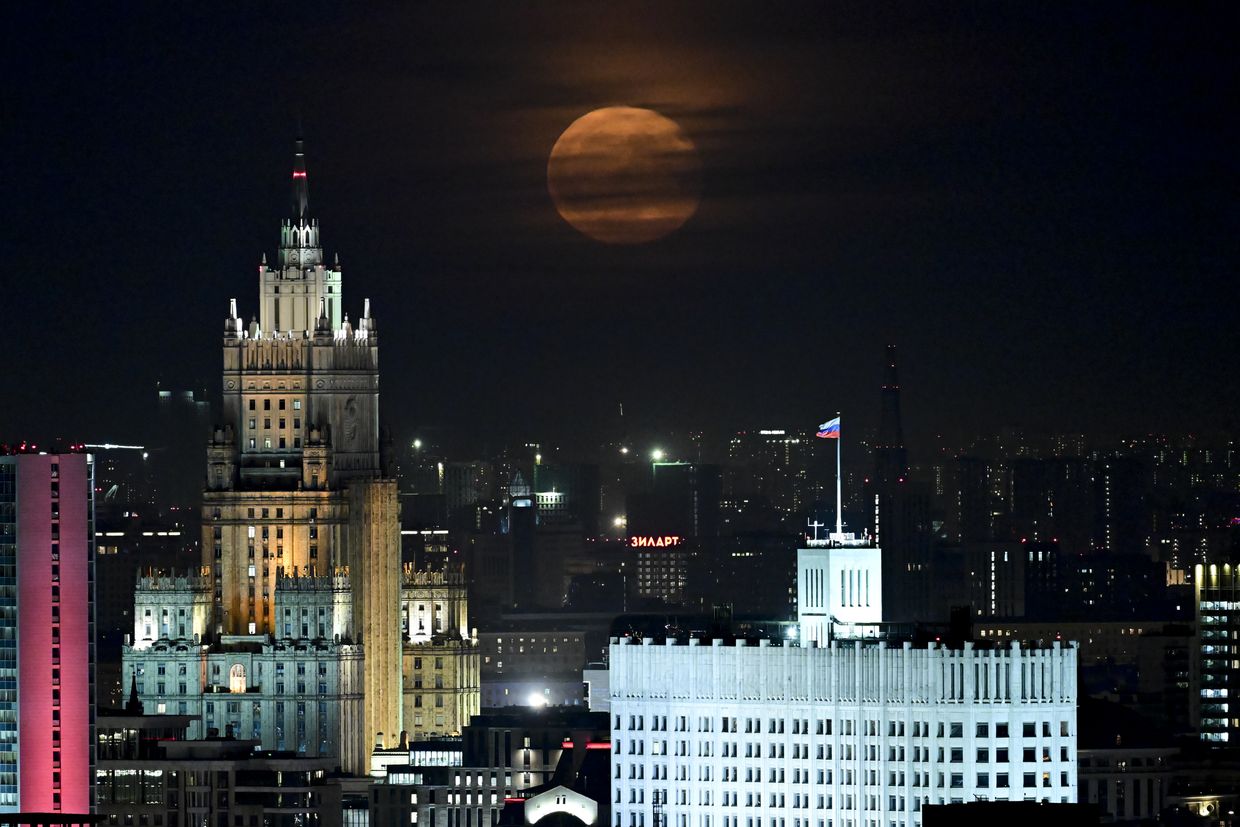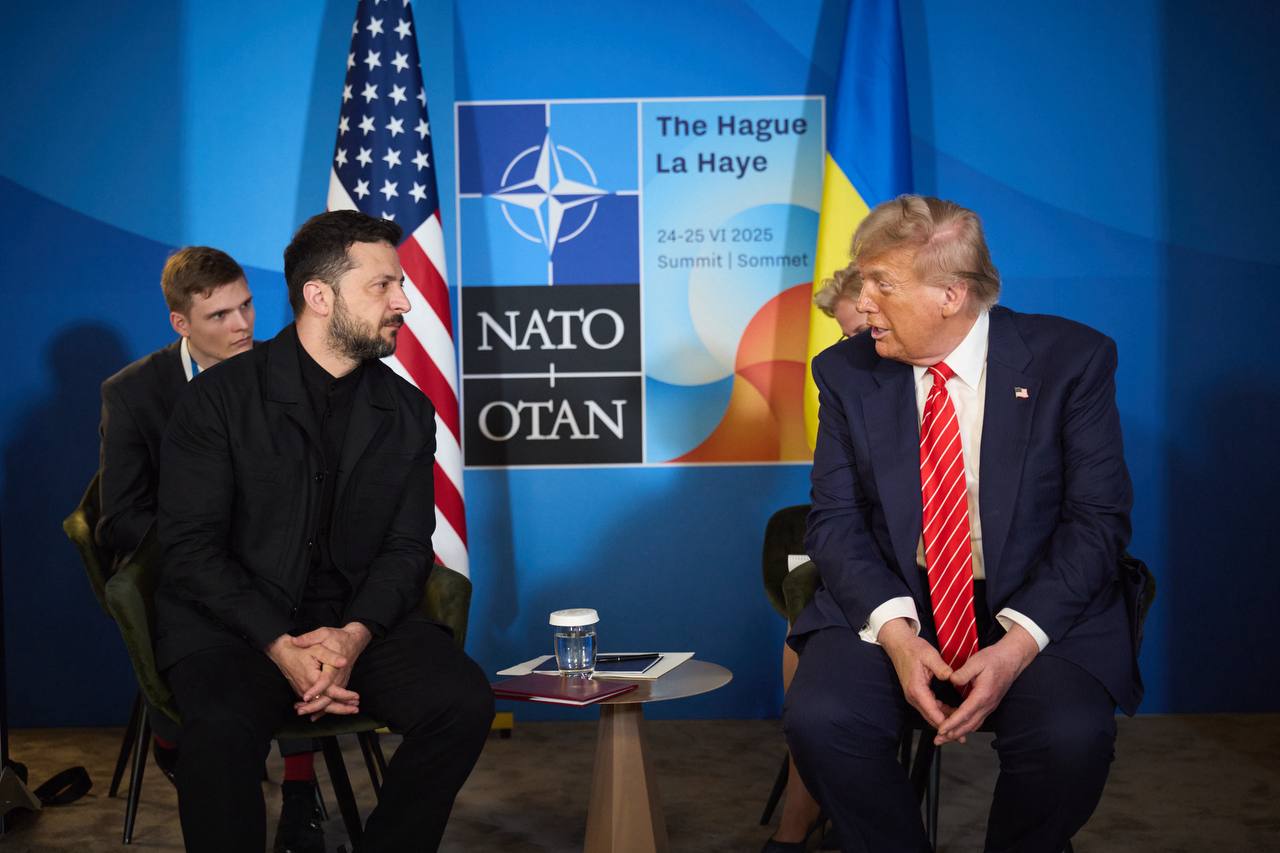'Alarms went off everywhere' — Explosions reported in Moscow, Russia claims 50 Ukrainian drones downed across country

Editor's note: This is a developing story and is being updated.
Explosions were reported in Moscow overnight on June 26, prompting airport closures, with Russia's Defense Ministry claiming 50 Ukrainian drones were downed across the country.
Moscow Mayor Sergey Sobyanin said emergency services were at the sites where two drones were downed.
According to the Shot Telegram channel, which appears to be close to Russian security forces, debris from a downed drone struck a residential building.
"Alarms went off everywhere," a local resident told the channel.
Ukraine's military regularly strikes military targets deep within Russia in an attempt to diminish Moscow's fighting power as it continues its war against Ukraine.
Russia's Defense Ministry later claimed 50 Ukrainian drones had been downed across the country, two of which were "flying towards Moscow."
The Kyiv Independent could not independently verify these claims.
Kaluga airport and Moscow's Vnukovo airport had flight restrictions imposed amid the drone attack, Artyom Korenyako, a spokesperson for Russia's state aviation agency Rosaviatsia, said early on June 26.
"The airport is temporarily not accepting or sending flights. Aircraft crews, air traffic controllers, and airport services must take all necessary measures to ensure flight safety," he said.
The restrictions were later lifted.
 The Kyiv IndependentTim Zadorozhnyy
The Kyiv IndependentTim Zadorozhnyy
Ukrainian drones have forced at least 217 temporary airport closures across Russia since Jan. 1, independent Russian outlet Novaya Gazeta Europe reported on May 14, citing data from Russia's state aviation agency Rosaviatsia.
The figure already surpassed the combined total for all of 2023 and 2024, underscoring Kyiv's growing ability to put pressure on Russia, even in areas far from the border with Ukraine.
According to Serhii Bratchuk, spokesperson for the Ukrainian Defense Army's Southern Division, the surge in disruptions reflects a strategic shift in Ukraine's drone campaign.
"Moscow is the biggest aviation hub in the Russian Federation — flights go everywhere, not only across Russia, but worldwide," he told the Kyiv Independent last month.
"This is about the potential disintegration of Russian regions and the weakening of internal control."
Ukraine has also had remarkable success using first person view (FPV) drones — on June 1, Ukraine launched a game-changing drone attack on four key Russian military airfields, damaging 41 planes, including heavy bombers and rare A-50 spy planes.
Kyiv claimed it disabled 34% of Russia's strategic bomber fleet in what is seen as one of the most daring operations during Russia's full-scale war.
 The Kyiv IndependentThe Kyiv Independent news desk
The Kyiv IndependentThe Kyiv Independent news desk